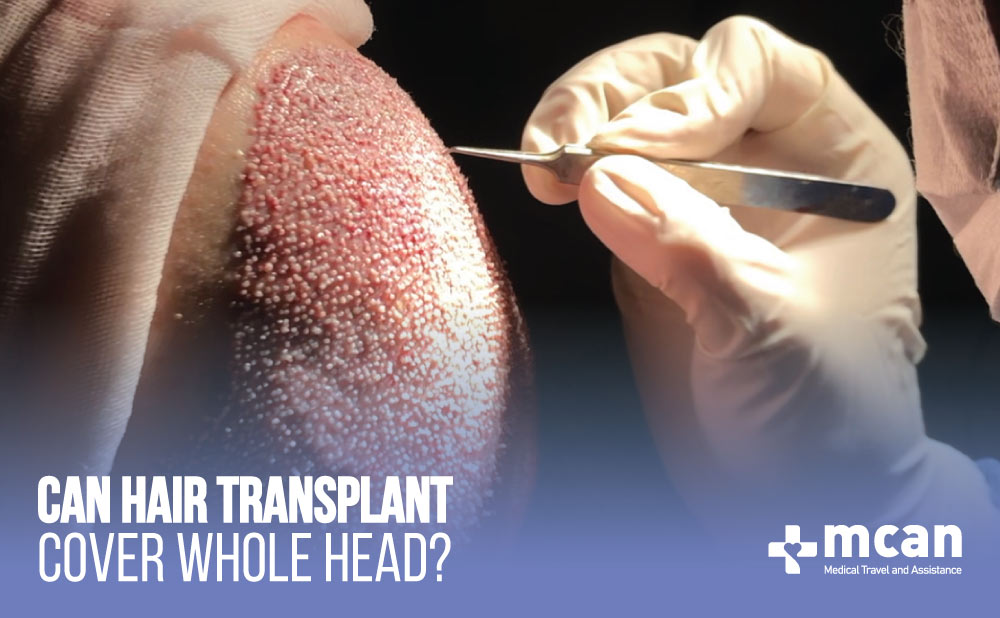
Do you have a receding hairline? Or do you have a balding area that takes a large area on your scalp?
These two problems are the most common ones and most of the time it is expected that they can get a hair transplant entire head. It is quite natural as everyone wants to have the look of their younger selves. So, no bald point is desired by the patients.
Hair Transplant Is the Art of Changing the Graft’s Positions
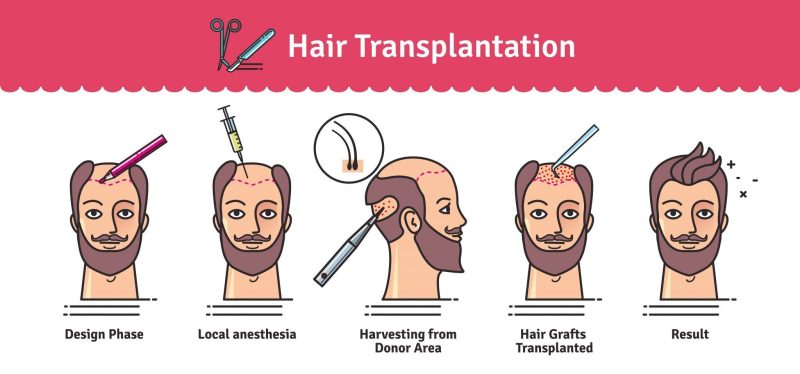
Let us tell you the very first rule for hair transplant: In the word “transplant” you can see the prefix “trans” which means transfer. So, a hair transplant is actually a hair transfer. As you all know, you cannot transfer something not existing and also if you transfer something, you move it to another place and it does not stay in its previous place.
You can think of each follicle as a football player in the transfer season! (But you can transfer a hair follicle only once.)
This principle briefly says that the hair follicles are only changing places. The surgeon cannot create any new hair out of nowhere. Hair cloning is also not possible yet. So, the surgeon takes the hair follicles from your donor area and transfers them to the recipient area. For a hair transplant whole head, you need to have enough follicles to be transferred.
DHT: The Reason Behind Hair Loss
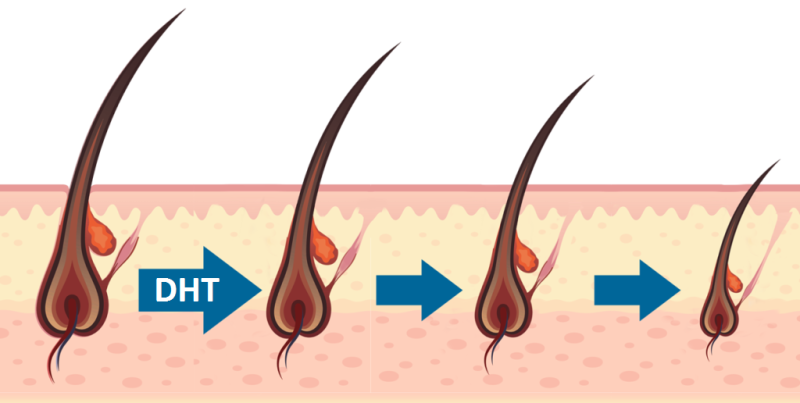
We should be really thankful for the donor area as it is completely resistant to Dihydrotestosterone. DHT is a male hormone and male pattern hair loss happens because of DHT. Each second lots of biochemical reactions happen in our bodies and DHT is a product of these reactions.
The Donor Area Hairs Are Suitable to Cover Your Whole Head Hair Transplant!
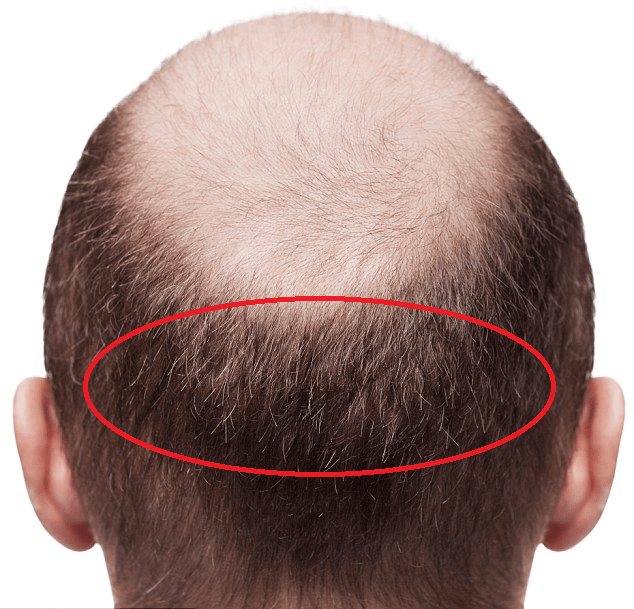
The hair follicles on the donor area are not affected by DHT, that’s why they are %100 resistant to hair loss. This immunity is what makes hair transplants possible. The DHT-free follicles are extracted by the surgeon and implanted in the receding or balding parts of the scalp.
A Balance Between Donor Area and Full Head Hair Transplant
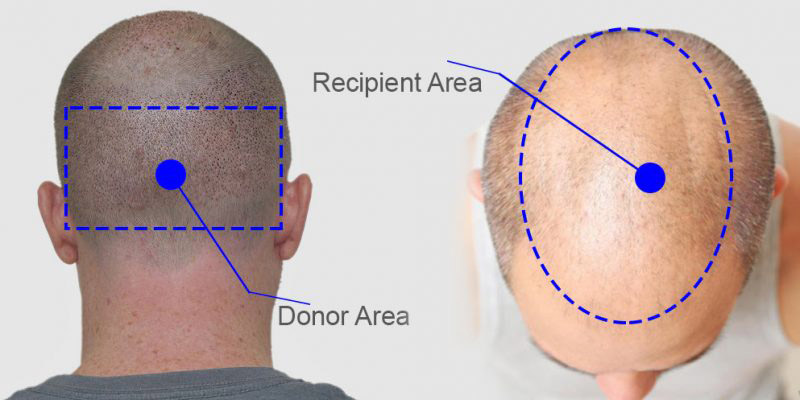
The donor area is located at the back of your scalp and between the two ears. Just image the area and you will see that it covers 1/3 of the scalp more or less. With the available hair grafts in the donor area, we have to set up a balance.
A balance can make the donor area seem natural as if there are no grafts collected from there. And a balance will cover the balding and receding parts in an aesthetic way with the extracted grafts. So, knowing that hair transplant is a hair transfer from one part to the other, also consider that when you take a hair follicle from the donor area, it won’t be there anymore.
What Is the Density in the Donor Area?
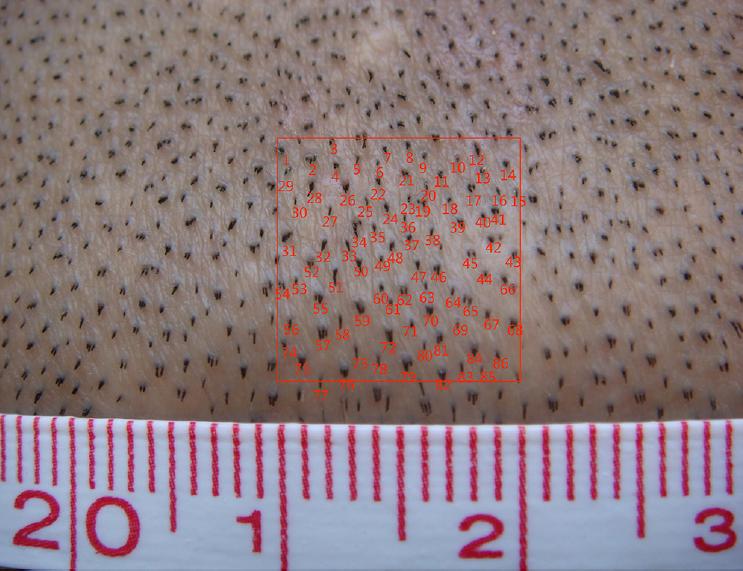
The average density of the donor area is about 90 to 120 grafts per cm² and in each graft, there are 1 to 5 strands of hair. So, we can say that per each cm² there are approximately 250 hairs. However, we can only extract one-third of the donor area without harming it. If more is taken then the donor area will look receding and balding which is not preferable at all.
How Many Hair Grafts to Cover Whole Head?
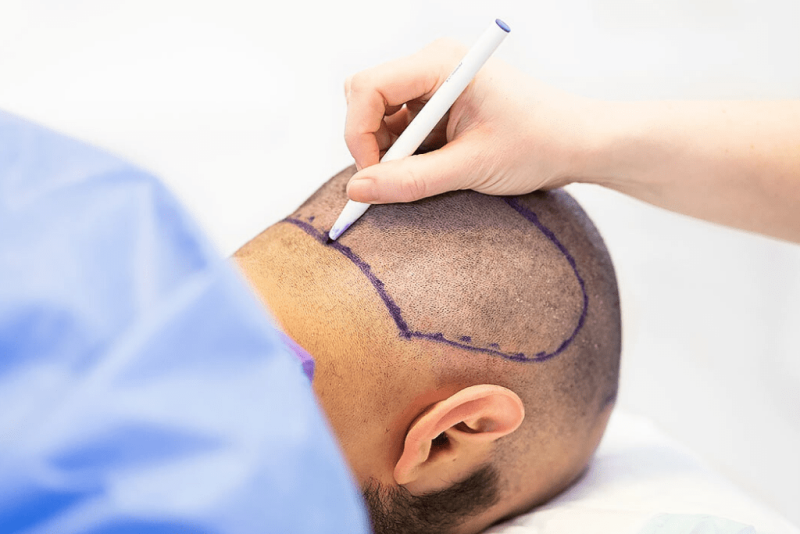
Though it varies from person to person, the donor area takes around 200 cm² on the whole scalp. As there are 100 grafts per cm² in this area, we can say that there are 20.000 grafts (200*100) in total in the donor area. However, as you have seen that it is not possible to use them all but only one-third of them, so eventually you will have 6.600 grafts suitable for a hair transplant without any harm to the donor area.
Hair Transplant Can Not Cover the Whole Head if You Are in Norwood Hamilton Stage 6 or 7
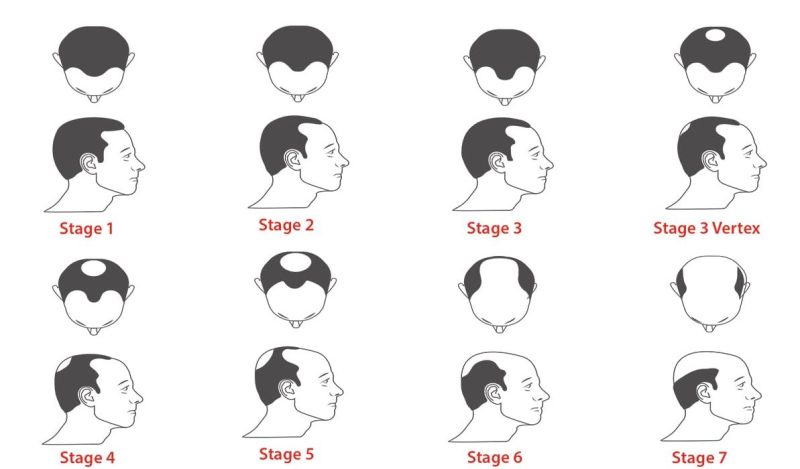
So, if someone has no hair on the top, middle and front of the scalp but only on the donor area, the donor area containing approximately 6.600 grafts would not be enough to cover the rest of the scalp.
Fortunately, hair loss is mostly experienced partially as is also stated in the Norwood Hamilton Scale. The last stage of the scale is Norwood 7 and it is the condition mentioned above. Luckily, having a totally bald scalp (Norwood 7) is a rarity.
A Full Head Hair Transplant Depends on Your Individual Conditions
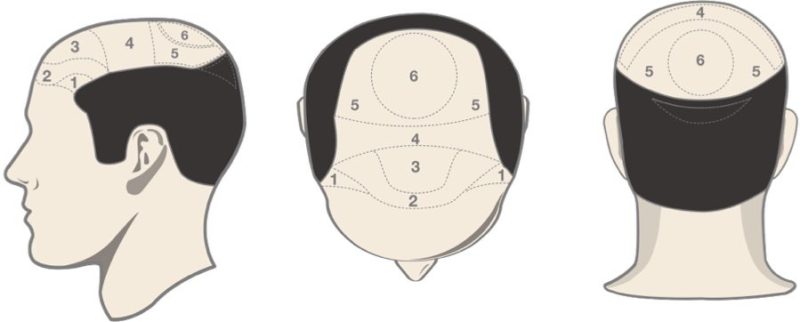
Hair transplant is a matter of balanced design in which the experience and talent of the surgeon show themselves. The surgeon should come up with a unique design for each patient that will cover the balding part but also preserve the donor area.
The type of hair loss, potential hair loss in future, age and ethnicity are a few of the many factors that should be taken into account. Considering all these the surgeon should carefully calculate the number of grafts to be extracted and implanted in balance. If not, the result may look unnatural.
7000 Grafts for Hair Transplant in One Session Is Not Recommended!
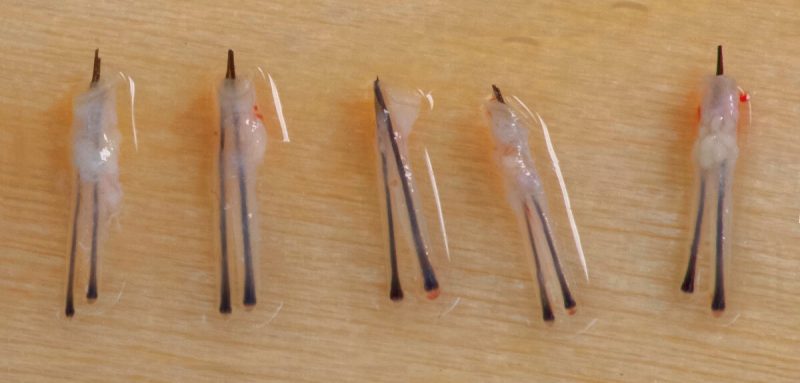
Unfortunately, many of the information above is not given to patients by clinics. You may have seen promises like “maximum number of grafts up to 7000-8000” or “full coverage regardless of your balding type” as deceptive baits. If these promises were made true, then the results would be a pure disaster with empty patches on the donor area and unnatural volume on the recipient area.
You Can Get a Second Session to Obtain a Full Head Hair Transplant
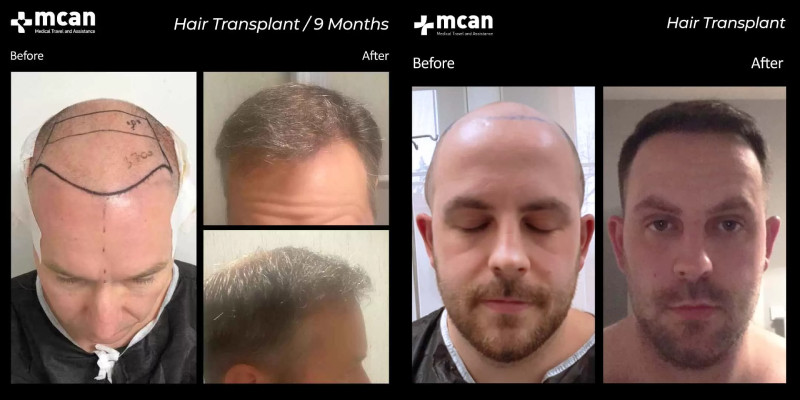
It is important to suggest to the patients the most realistic treatment plan with the most efficient and natural results. Choosing the best talented and experienced hair transplant medical team to focus on the individual design for each patient to have the best of the donor area.
Also in order to enhance the survival rate of the grafts, it is recommended to implant the 7000-8000 grafts in two sessions and not do it all at once! At Mcan Health we offer hair transplantation in Turkey and although our treatment covers the maximum number of grafts, we plan reasonable numbers considering the number of sessions required and the condition of the donor area. If you are looking for a good treatment, we advise you to do extensive research first.
 How Many Hair Transplants Can a Person Have?
How Many Hair Transplants Can a Person Have?  Smoking After Hair Transplant Can Affect the Healing Procedure and Result
Smoking After Hair Transplant Can Affect the Healing Procedure and Result  Can You Wear a Hat After Hair Transplant?
Can You Wear a Hat After Hair Transplant?